
The visual style of the D-Link Aquila Pro M60 AX6000 won’t suit everyone – but its improvements in mesh speed and range certainly will.
| Pros | Cons |
|---|---|
| Improved Wi-Fi performance, even in tougher areas | Smaller range of integrated features than some Mesh competitors |
| Choice of app or web setup | Lacks USB ports for network storage |
| Unusual shape stands out | Unusual shape makes it hard to hide |
Score: 4/5
 |
Buy The D-Link Aquila Pro M60 AX6000! | Buy On Amazon |
In this review
D-Link Aquila Pro M60 AX6000 Specifications
D-Link Aquila Pro M60 AX6000 Design
D-Link Aquila Pro M60 AX6000 Installation
D-Link Aquila Pro M60 AX6000 Performance
D-Link Aquila Pro M60 AX6000 Conclusion
Design
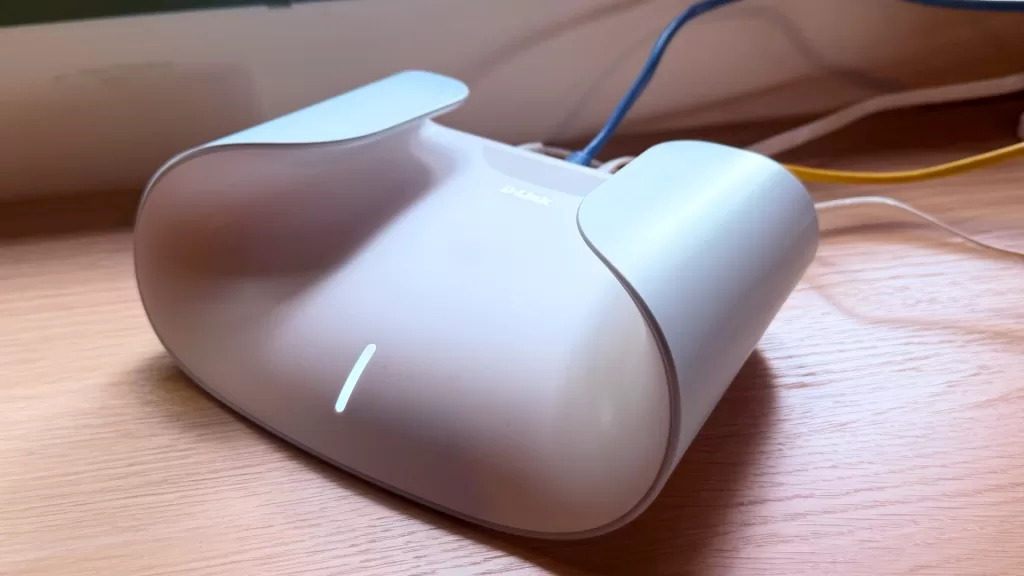
Like its slightly cheaper sibling, the D-Link Aquila Pro AI M30 AX3000, the D-Link Aquila Pro M60 AX6000 doesn’t look like other mesh network nodes from other manufacturers.
Where they tend towards fairly inconspicuous bland little boxes – which, to be fair, are easily hidden if that’s what you want – somebody at D-Link’s design labs must have had a fascination with marine life, because each node has this weird curved look to it that makes me think of a stingray every time I see it. Apparently it's meant to look like an eagle... but I don't know where D-Link is sourcing its eagles from if that's the case!
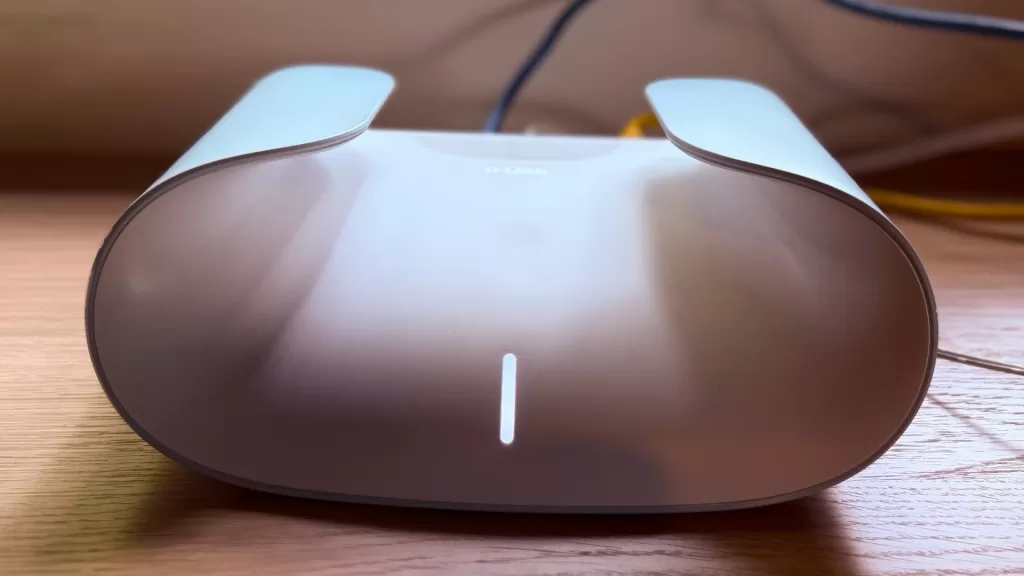
I'm not the only one not seeing an eagle here... am I?
You also can’t avoid seeing it, even moreso than the M30 unit, because each node is noticeably larger, which could be an issue if you’re more of a fan of hiding away anything that looks too “techy” in your home.
These could at least maybe pass as abstract sculptures, helped by the fact that D-Link doesn’t so much go for an array of blinkenlights, instead using a single coloured LED at the front of each unit indicating current status; essentially speaking if you see anything but a white LED, something is probably wrong.
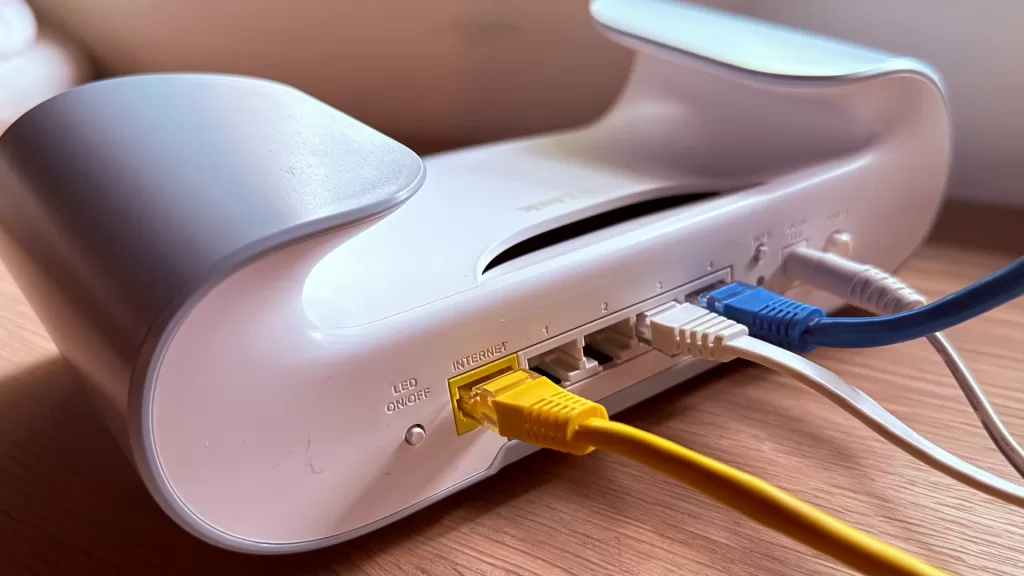
While the style is more towards simpler mesh systems that operate from single connection points, the rear of the D-Link Aquila Pro M60 AX6000 is far more network-centric, with four gigabit ethernet ports, WPA pairing button and a tiny reset hole for manual reset purposes. It might have been nice here to see USB connectivity for network storage purposes, but if you want that, you’ll have to look elsewhere.
Installation

A lot of mesh networking equipment, especially if it’s pitched towards a consumer audience tends to rely on app-based installs exclusively.
D-Link has its own setup app, Aquila Pro AI, available for iOS or Android, but it’s pleasing to my inner geek to note that the setup pamphlet in the box also notes that you can instead run through the full setup via a web browser if you prefer full-screen access with a more technical focus.
Still, most buyers of the D-Link Aquila Pro M60 AX6000 are likely to use the app, so that’s what I did to set up each node in turn.
The primary node acts as the router, and the assumption here is that you’ll be using it with some kind of NBN connection. The app intelligently asks which ISP you’re using for automatic configuration. That’s not a new idea for this kind of product, but it’s always nice to see.
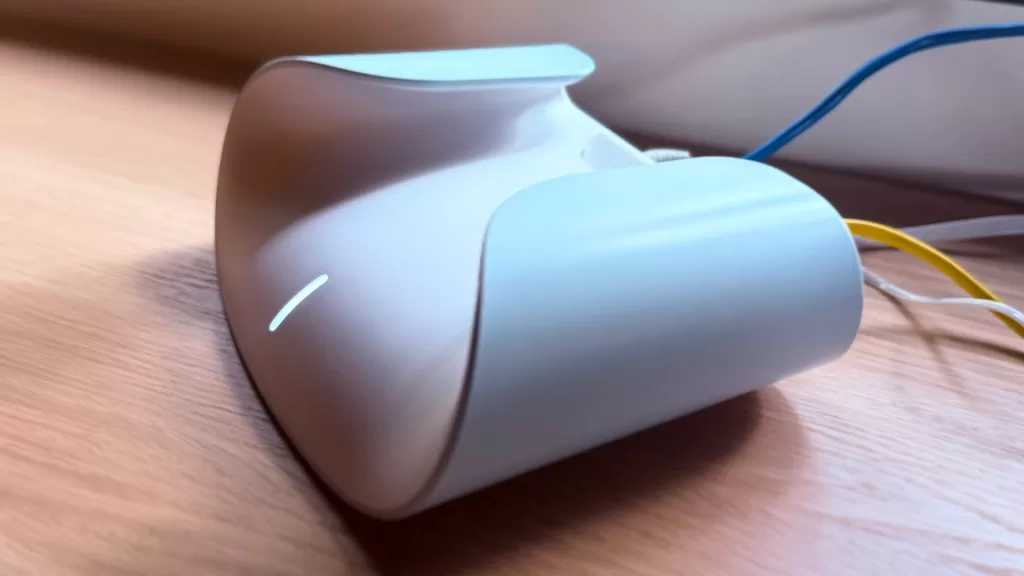
One catch here -- also true of the cheaper M30 model -- is that because there's no identified "router" module, if you do move them around there's nothing to let you know which one you've already configured to use as your primary router.
While setting up the primary router couldn’t have been easier, I did hit one unusual snag with setting up the extension mesh points.
Once I’d set up the primary node near my NBN connection point, it asked if I wanted to set up another node. I did, and that was no harder than plugging in power at its desired setup location.
For the third node the app asked if I wanted to set it up as a router or as an extender; it’s effectively the latter, but there it wanted to fruitlessly step through a fresh install, which it actually didn’t need.
That failed a few times, and I left it plugged in while reset, and the primary router node spotted it, automatically configured it and I was good to go. It’s not great that there can be confusion like this in setup instructions, but it did sort itself out regardless – and for most people just plugging it in should be enough if my experience is any guide.
Performance

While the Aquila Pro AI app does make setup easy, it is notable that it's not exactly awash with additional features relative to some of the approaches its competitors take. If you do want network monitoring/security software, it's limited to simpler parental controls.
Given that many of those services are offered as effective trials for software that will later cost you in subscriptions, that's maybe not a bad move, though needs can vary here.
At a technical level, the D-Link Aquila Pro M60 AX6000 is a Wi-Fi 6 capable mesh router/extender system capable of speeds up to 4804Mbps over 5GHz and 1148Mbps over 2.4Ghz.
To give that some perspective, the cheaper previously reviewed D-Link Aquila Pro AI M30 AX3000 can manage up to 2403Mbps over 5GHz and just 574Mbps over 2.4Ghz.
So in theory, the D-Link Aquila Pro M60 AX6000 should provide faster Wi-Fi speeds than the M30 unit, and indeed technically faster than any consumer-grade NBN plan you could be on right now.
Of course that’s the theory… but the practical can be markedly different.
Here there’s a distinct problem in any Wi-Fi testing, be it via router or mesh, and this is the fact that enviromental conditions can vary a lot between homes and offices. Where I’m testing isn’t where you live unless you’re a member of my family, and if you are, you’re probably totally sick of me disconnecting the Internet because I have mesh network gear to test… but I digress.
I have for many years used my home environment as a test location because it’s a reasonably large 4 bedroom home with zones that I can lay out mesh networking within to maximise coverage, and a home office that sits in an extension to the original property.
That matters because it means there’s a “hidden” wall in my house that used to be an external wall, and it’s one that’s very good at blocking Wi-Fi signals. It’s why a standalone router is never going to be the right solution for me personally, because my home office is where Wi-Fi signals from a standard router fear to tread.
Also read:
D-Link DSL-X3052E Wi-Fi 6 AX3000 Modem/Router with VOIP Review: More Wi-Fi Power To The Home
The benefit with testing this way is that it allows me to test in a known harsh situation for Wi-Fi, really stretching what’s possible with a given setup. As such, when setting up the D-Link Aquila Pro M60 AX6000 I placed one node near my NBN connection point – specifically an HFC 1Gbps/40 connection using Aussie Broadband – and then the other two nodes in a mid-range and far position, with the far position sitting in my home office.
To test coverage areas first, I checked the RSSI (Received Signal Strength Indicator) quality using a Macbook Pro M3 Max.
Here’s how the D-Link Aquila Pro M60 AX6000 compares against a range of other Mesh options tested in the same locations:
While I have tested some mesh kit that recorded better figures in specific locations, what’s pleasing here is how consistent the signal is over distance; as you might expect, the further out you get the more loss of signal you experience, but even in the far location where Wi-Fi signals aren’t easily able to penetrate, there’s still signal to be had, though it’s interesting that the cheaper M30 kit managed a better result in the far location.
What most of us want to do with Wi-Fi these days is share out our home internet connections, so I got to testing that with Ookla’s Speed Test application.
While I’m on a 1000/40 connection, the reality of NBN connections is that they’re variable, so I always test (and average out the tests) against what I can get on that line at that time.
That way I’m not prejudicing against a given product just because the actual NBN connection on that day was poor, and instead giving a percentage of coverage relative to what a fixed ethernet connection can manage at the time.
Here’s how the D-Link Aquila Pro M60 AX6000 compares for sharing out an Internet connection:
The D-Link Aquila Pro M60 AX6000 rather easily bests its M30 counterpart in these tests, and that absolutely should be the case given its higher speed claims.
It’s not quite as good as the competing products previously tested, but the ace in the hole here is that the D-Link Aquila Pro M60 AX6000 is markedly less expensive than those solutions, making it a good proposition if you need its particular speed boosts.
D-Link Aquila Pro M60 AX6000: Alex’s Verdict
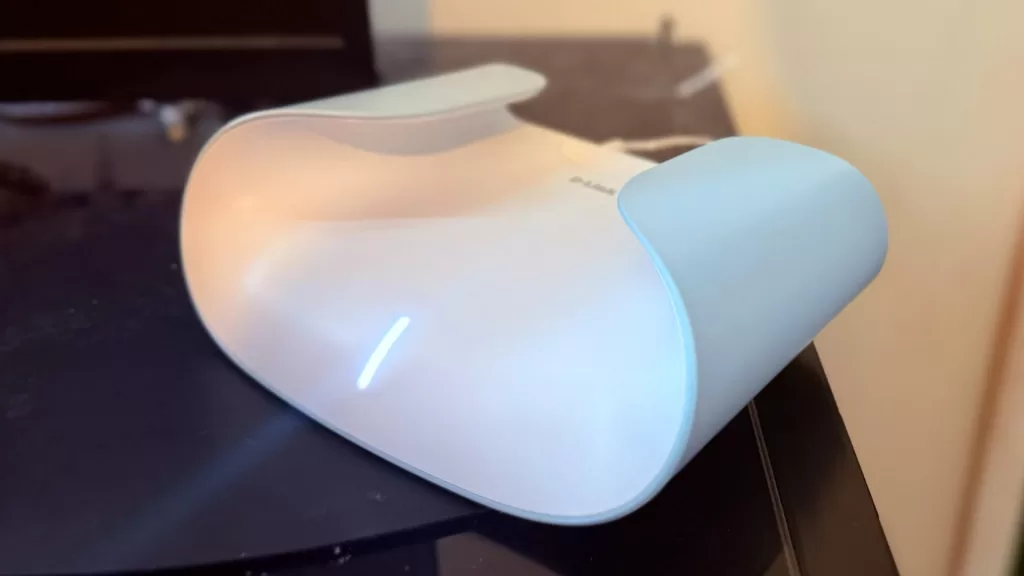
The D-Link Aquila Pro M60 AX6000 presents a very nice balanced point between price and performance. Mesh networking is still a somewhat costly enterprise, and if you just needed a smaller boost to your Wi-Fi coverage, something cheaper – like the D-Link Aquila Pro AI M30 AX3000 for example – might be enough.
If your needs were more extensive but your budget can’t stretch to the higher-tier of mesh networking, the D-Link Aquila Pro M60 AX6000 will provide some rock solid coverage, even into areas where you might find Wi-Fi network propagation particularly difficult.
D-Link Aquila Pro M60 AX6000:
Pricing and availability
The D-Link Aquila Pro M60 AX6000 officially retails in Australia as a three-pack (as tested) for $799.95, as a two-pack for $579.95 or as a single add-on unit for $329.95.
That being said, shopping around shows a number of merchants selling it for quite a bit less right now.
Want to support the independent ethical journalism I’m doing here at AlexReviewsTech? Pick up the D-Link Aquila Pro M60 AX6000 via the link below!
 |
Buy The D-Link Aquila Pro M60 AX6000! | Buy On Amazon |
Was this review useful to you? Support independent media by dropping a dollar or two in the tip jar below!





